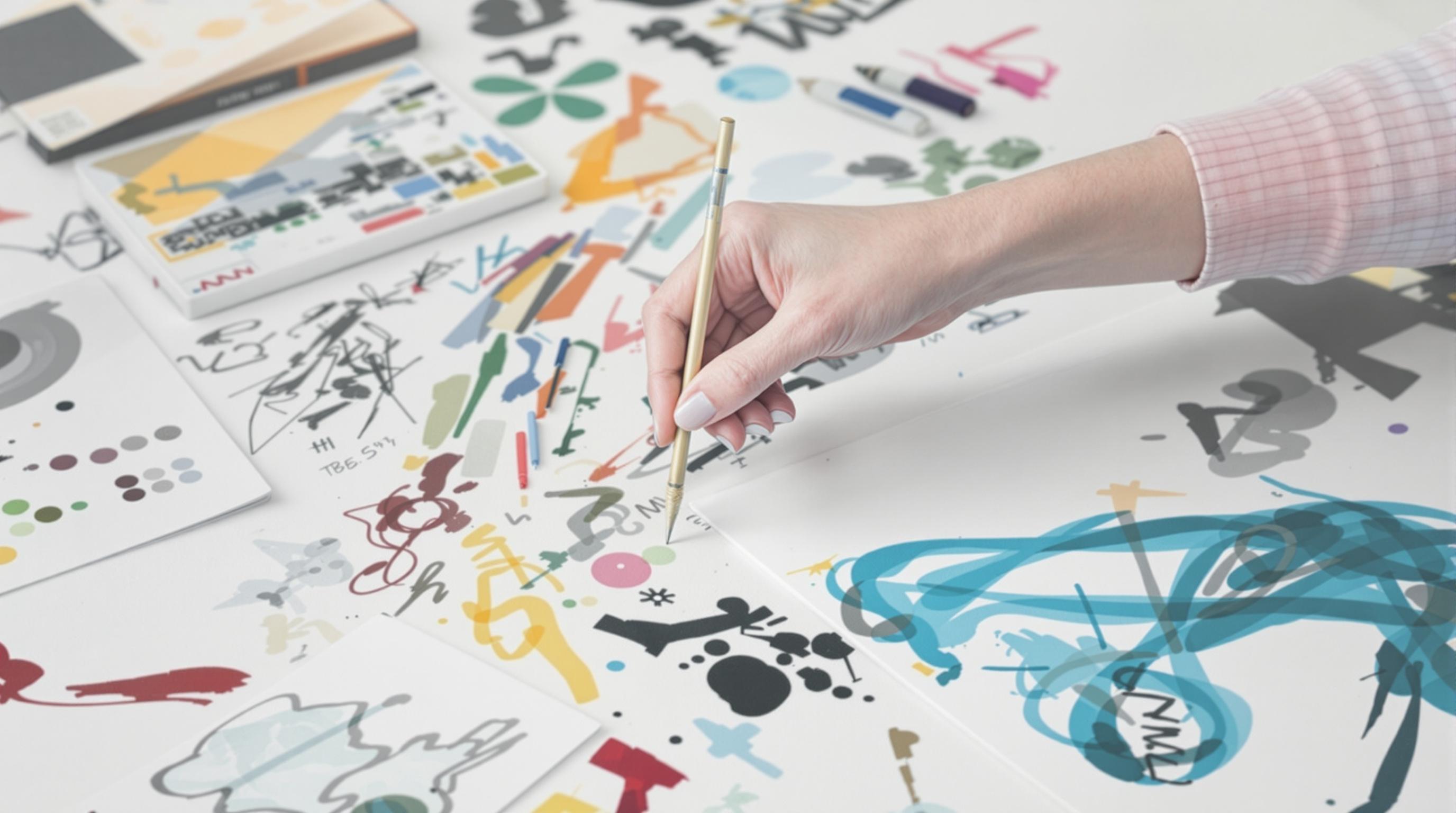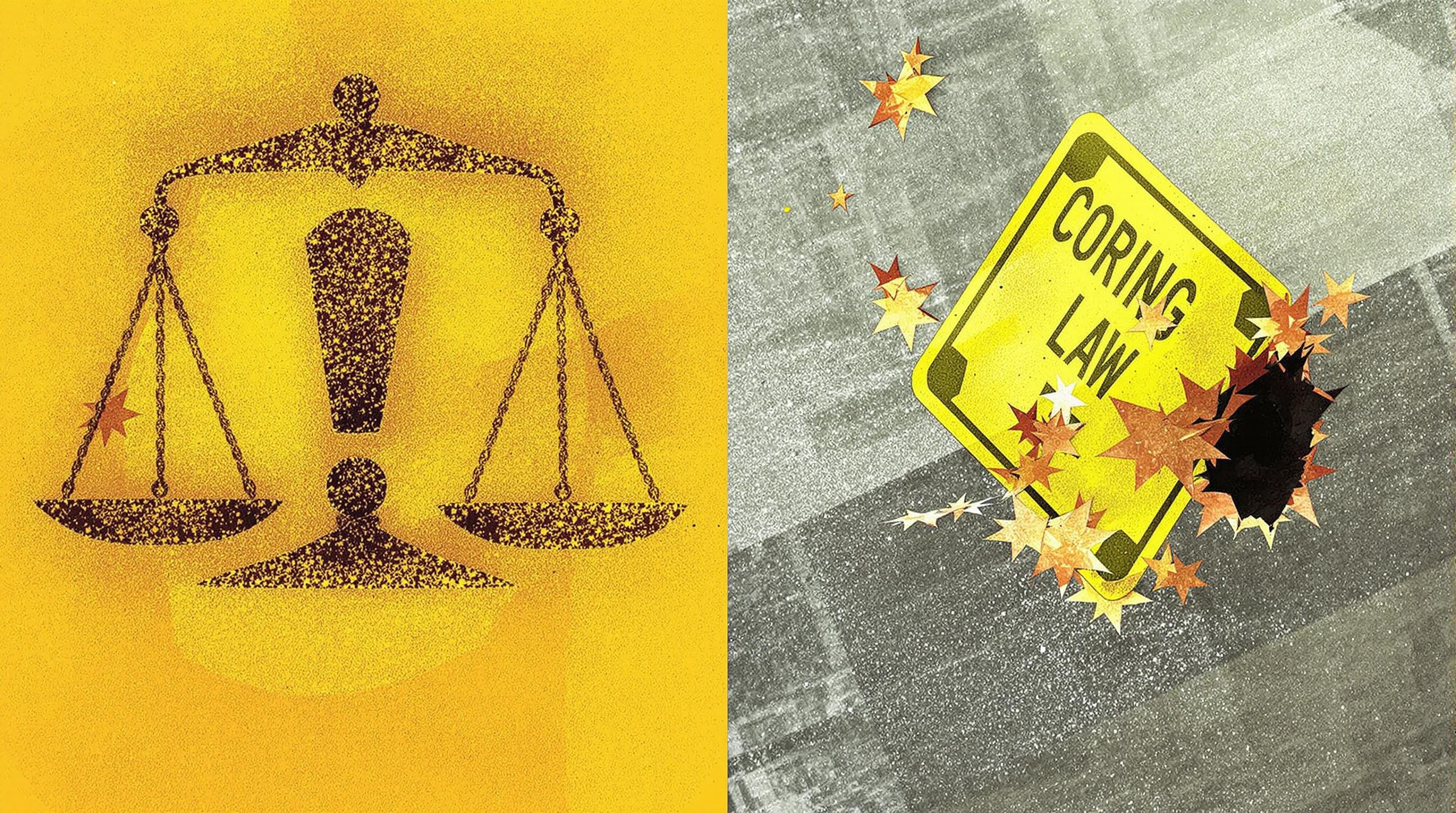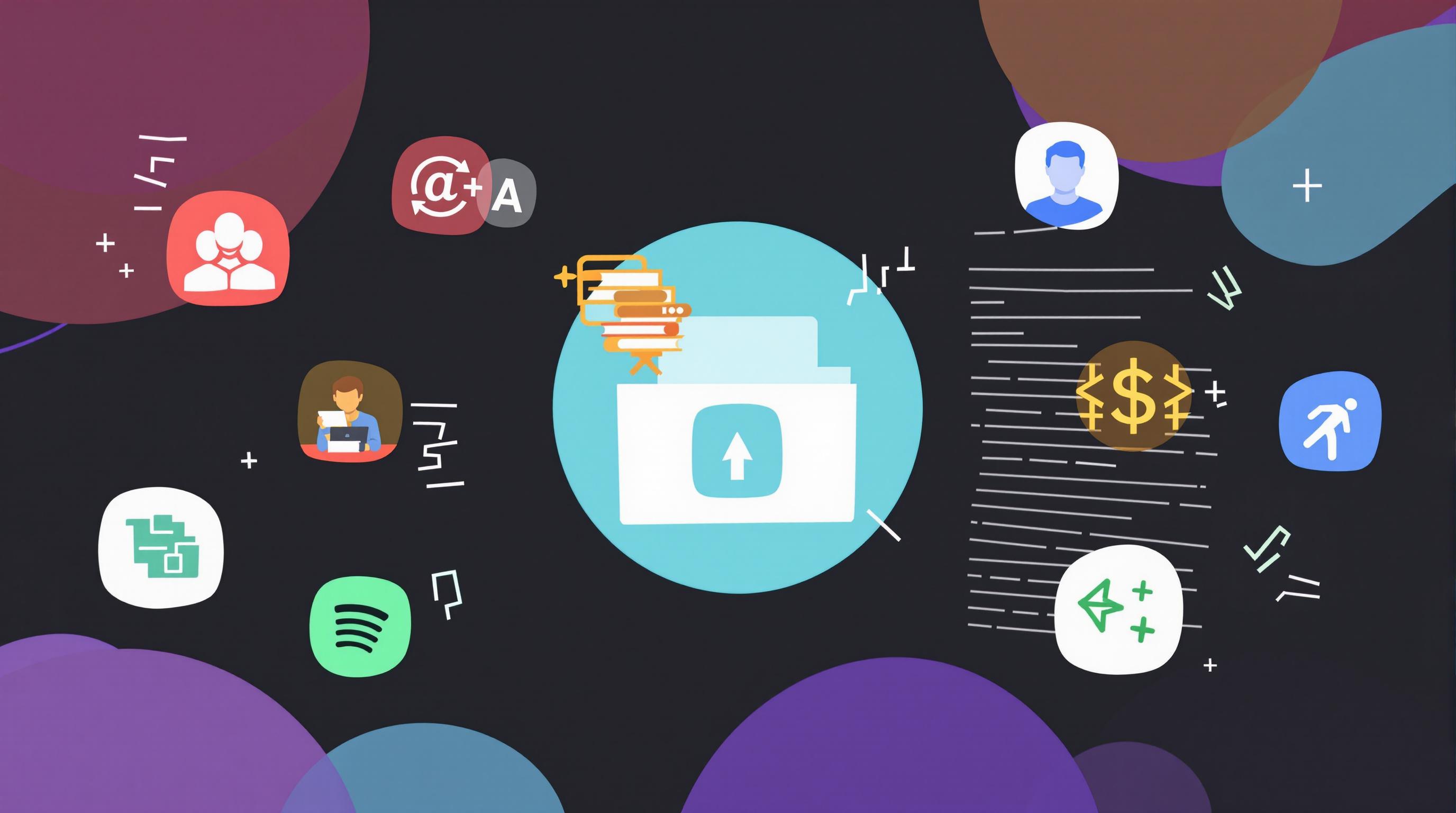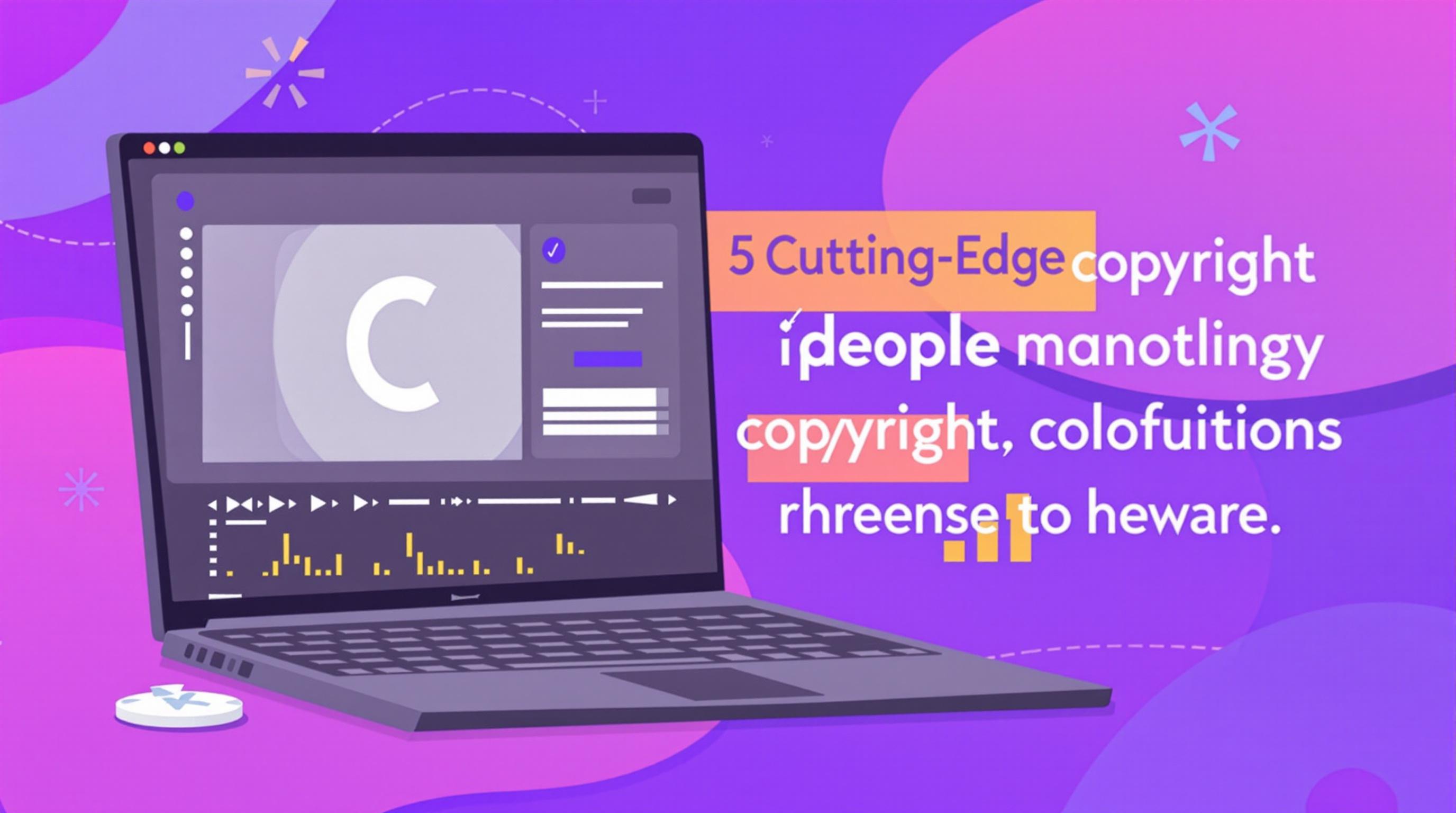Related Articles
- The Role of Cultural Norms and Social Pressure in Shaping Corporate Tax Behaviors Across Borders
- Top 6 Game-Changing HR Analytics Platforms Since 2019 Revolutionizing Employee Rights Enforcement
- The Unexpected Impact of Cultural Appropriation on Copyright Claims and Creative Ownership Debates
- Unveiling the Role of AI in Detecting Counterfeit Trademarks Before Official Approval
- The Quiet Impact of Cultural Nuances on Negotiation Dynamics in Global Business Agreements
- The Hidden Role of Psychometric Profiling in Choosing Co-Founders for Startup Success
The Unexpected Impact of Cultural Appropriation on Copyright Claims and Creative Ownership Debates
The Unexpected Impact of Cultural Appropriation on Copyright Claims and Creative Ownership Debates
The entanglement of cultural appropriation with copyright claims shakes the foundations of creative ownership debates, revealing tensions that were once underestimated. This article explores the unexpected ways cultural borrowing challenges intellectual property norms, punctuated with thought-provoking cases, statistics, and diverse perspectives.
At 62, I’ve witnessed a cultural renaissance where the lines between inspiration and infringement increasingly blur. It’s fascinating yet daunting to see centuries-old traditions colliding headlong with modern legal frameworks designed for a digital era. Young creators—say, between ages 16 and 35—often unwittingly trek these murky waters, sometimes igniting fierce backlash or groundbreaking collaborations.
When Cultural Heritage Meets Copyright Law
Imagine a traditional Native American motif suddenly appearing on a popular sneaker line, without consent or acknowledgment. Sounds familiar? It’s a story told too often across different continents. The core problem: copyright law primarily protects original expressions fixed in tangible media and for a limited duration, whereas cultural expressions are often communal, ancient, and continuously evolving.
According to a 2018 report by the World Intellectual Property Organization (WIPO), only about 30% of indigenous cultures globally have some form of legal protection against unauthorized cultural use (WIPO, 2018). This gap leaves cultural creators vulnerable, especially when multinational corporations commercialize cultural motifs under “inspiration” cloaks, bypassing traditional ownership structures.
The Intricate Dance of Appropriation and Innovation
Humor me for a moment: if Beyoncé dropped an album entirely sampled from Haitian folk songs, referencing their rhythms and melodies, who owns what? The artist? The culture? Or does it become a shared resource? The irony is palpable—while creative industries preach originality, they often thrive on cultural borrowing, blurring ethical lines.
Think about the "Blurred Lines" copyright case, where Pharrell Williams and Robin Thicke faced a $5.3 million lawsuit for supposedly copying Marvin Gaye's "Got To Give It Up." Although not a cultural appropriation case per se, it highlights how courts struggle to dissect influence from infringement. Cultural appropriation adds another layer of complexity because the "original" may not even be legally owned by anyone—it belongs to a community’s collective identity.
Case Study: The Maasai Trademark Controversy
In 2019, the Maasai tribe of East Africa attempted to trademark their name and traditional beadwork designs to broker fairer deals with companies seeking to commercialize them. However, the process encountered roadblocks—Western trademark systems demanded uniqueness and clear ownership, conflicting with the communal, shared nature of Maasai designs. Though the effort gained international attention, it highlighted the mismatch between cultural ownership and current intellectual property frameworks (Njeri & Kamau, 2020).
Creatives and communities alike feel caught in a tug-of-war. On one side rests the desire to protect identity and generate income; on the other, the global economy's hunger for new, exotic inspiration that fuels fashion, music, and art industries. This clash underscores an urgent need for legal reforms and ethical industry practices.
Statistics that Spotlight the Conflict
Consider that in a 2022 survey of 500 artists and designers, 78% reported experiencing unauthorized use of cultural symbols in commercial products, yet only 12% had access to legal assistance (Global Arts Panel, 2022). This disparity suggests many cultural creators remain invisible in the capitalist machinery, amplifying exploitation concerns.
Yet, cultural exchange itself isn’t villainous. It can be a powerful engine of creativity and mutual respect—when done thoughtfully. The problem is appropriation often occurs without recognition or benefit to the source communities, ripping cultural artifacts from their rich contexts and reducing them to aesthetic commodities.
Legal Grey Zones and Ethical Quandaries
The old legal maxim “possession is nine-tenths of the law” rings hollow here. How do you prove ownership over a centuries-old dance or a communal story? Most Western IP laws are ill-suited to this kind of intangible cultural heritage. International conventions, such as UNESCO’s 2003 Convention for the Safeguarding of the Intangible Cultural Heritage, provide guidelines but lack enforceable power on the global stage.
For instance, the Māori’s haka dance in New Zealand is protected by cultural protocols but not easily enforceable as a copyrighted work. When brands used the haka in advertisements without consent, the organizers protested, demanding respect beyond legal remedies—a call for ethical mindfulness rather than mere legality.
Ethical businesses increasingly adopt "cultural consultation" practices—seeking permission, compensating communities, and involving them in profits. The cosmetics giant Lush, for example, launched traditional Indigenous-inspired products after close collaboration and fair compensation, subverting typical exploitative patterns.
Storytelling: A Tale From the Frontlines
Let me recount an encounter I had with a young Native American graphic designer, Luis, aged 22. He designs apparel inspired by his Navajo heritage but frequently faces the dilemma of protecting his cultural symbols while wanting to innovate. “It’s like walking a tightrope,” Luis confided. “If I stick too close to tradition, some say I’m stuck in the past; if I modernize, some elders say I’m disrespecting our roots.”
Luis’s story exemplifies the internal tensions creators endure: simultaneously preserving cultural identity and staking claim to their creative output in a world that commodifies culture relentlessly.
The Role of Technology: Double-Edged Sword
Digital platforms have democratized access to cultural content but also accelerated appropriation. Viral TikTok dances inspired by Indigenous rituals often go viral with no recognition or benefit to those cultures. On the flip side, platforms like Patreon and crowdfunding sites empower creators from minority cultures to financially sustain their craft directly.
Blockchain technology emerges as a hopeful tool: some communities use NFTs (non-fungible tokens) to assert digital ownership over cultural artifacts, resisting commercialization without consent. However, such tech solutions remain nascent and are no silver bullet.
Concluding Thoughts: Toward a Respectful Creative Future
In highlighting the unexpected intersection of cultural appropriation and copyright, we glimpse an evolving debate about identity, ownership, and creativity itself. Laws and ethics must evolve together, acknowledging that cultural heritage defies neat proprietary boxes.
Perhaps the path forward lies in embracing cultural collaboration over appropriation, redefining creativity as a collective act rooted in respect, dialogue, and shared benefit rather than rigid exclusivity or exploitation. It’s a delicate balance but a necessary one as the world becomes ever more interconnected.




